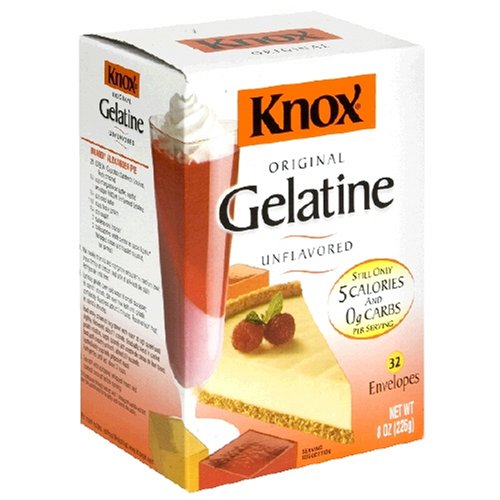The gospel of Jamil 1.046
And Jamil rose up and spoke unto the assembled masses, Oxiginate not your tasty wort brothers, for it will bring forth the serpent of infection, there will be no rejoicing and your beer will be cast to the dark drain of the Sink
Zymurgists 1.014
.. and Jamil cast aside the naysayer and proclaimed Thou must cast no less then 200 billion cells of yeast, no more for those that do not head my warnings will have their Wort smite down with esters and banana flavors caused by the heat of damnation. Use not new yeast, reuse your yeast and bask in its third generational glory, for the yeast merchants seek only to line their pockets with gold.
Jamil 1.067
.. and Jamil cried Heed not the words of the Homebrewtalk, for they are false prophets and seek to lead you astray with brewing lore passed down for thousands of years and pray only to the damned gods of experience and knowledge, pray they be cast aside.



















































![Craft A Brew - Safale S-04 Dry Yeast - Fermentis - English Ale Dry Yeast - For English and American Ales and Hard Apple Ciders - Ingredients for Home Brewing - Beer Making Supplies - [1 Pack]](https://m.media-amazon.com/images/I/41fVGNh6JfL._SL500_.jpg)







